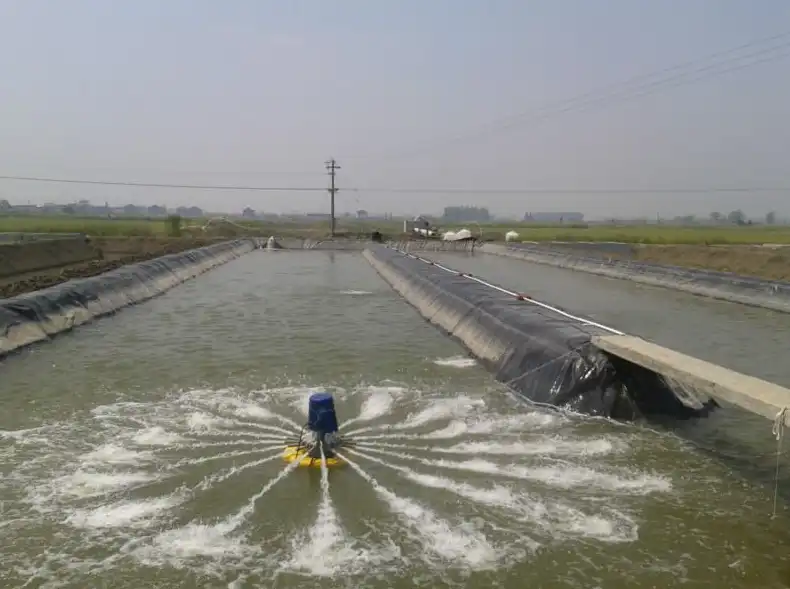
First, fish pond impervious membrane construction methods and skills
1. Drain the water in the pond, clean up the silt and other debris, and then dry for about 20 days, and dry for a whole season in winter.
2, at the bottom of the pond, slope evenly lay a layer of clay with a thickness of 15-20 cm, and mechanical compaction, and then lay a layer of impermeable film as a protective layer, the thickness of 0.5 mm is appropriate.
3. According to the shape of the fish pond, measure its scale, and then cut and splice the impermeable film according to the actual situation, and the lap width between the film and the film can not be less than 15 cm.
4, after the anti-seepage film is laid, try to avoid walking on the film surface, moving objects, as long as the objects that will damage the anti-seepage film can not be placed on it, or carried on the film to walk, to prevent accidental damage to the film surface.
5. Sow some grass seeds on the slope to protect the slope with turf to prevent the slope from being washed by rain.
Second, can cement be used at the bottom of the fish pond
1, the bottom of the fish pond can be laid with cement, but this way is not suitable, it is recommended to use geomembrane, geomembrane is a polymer flexible material, its extensibility is strong, the specific gravity is small, and corrosion resistance and low temperature, in addition to more environmental protection.
(2) If the cement floor is used, although it can also achieve the effect of no seepage, it will cause the bottom to be airtight, the cultured fish can not make holes, and even have an adverse effect on the survival of some bottom-dwelling fish.
3, the cement pond is suitable for breeding koi, goldfish, grass carp and other species, but if you want to breed grass carp, it is difficult to plant water grass in the pond, so you must often feed it plant bait, so as to meet their needs.
.png)
.png)












